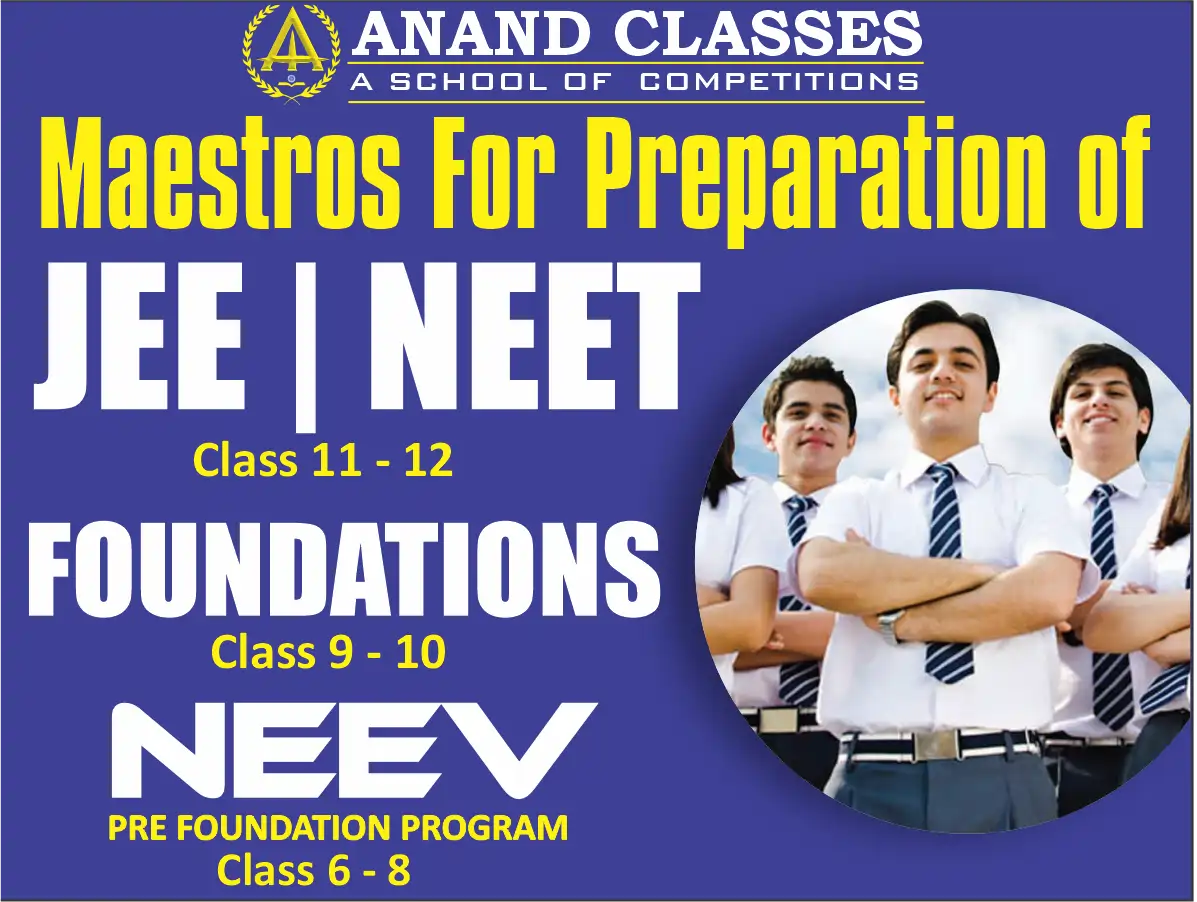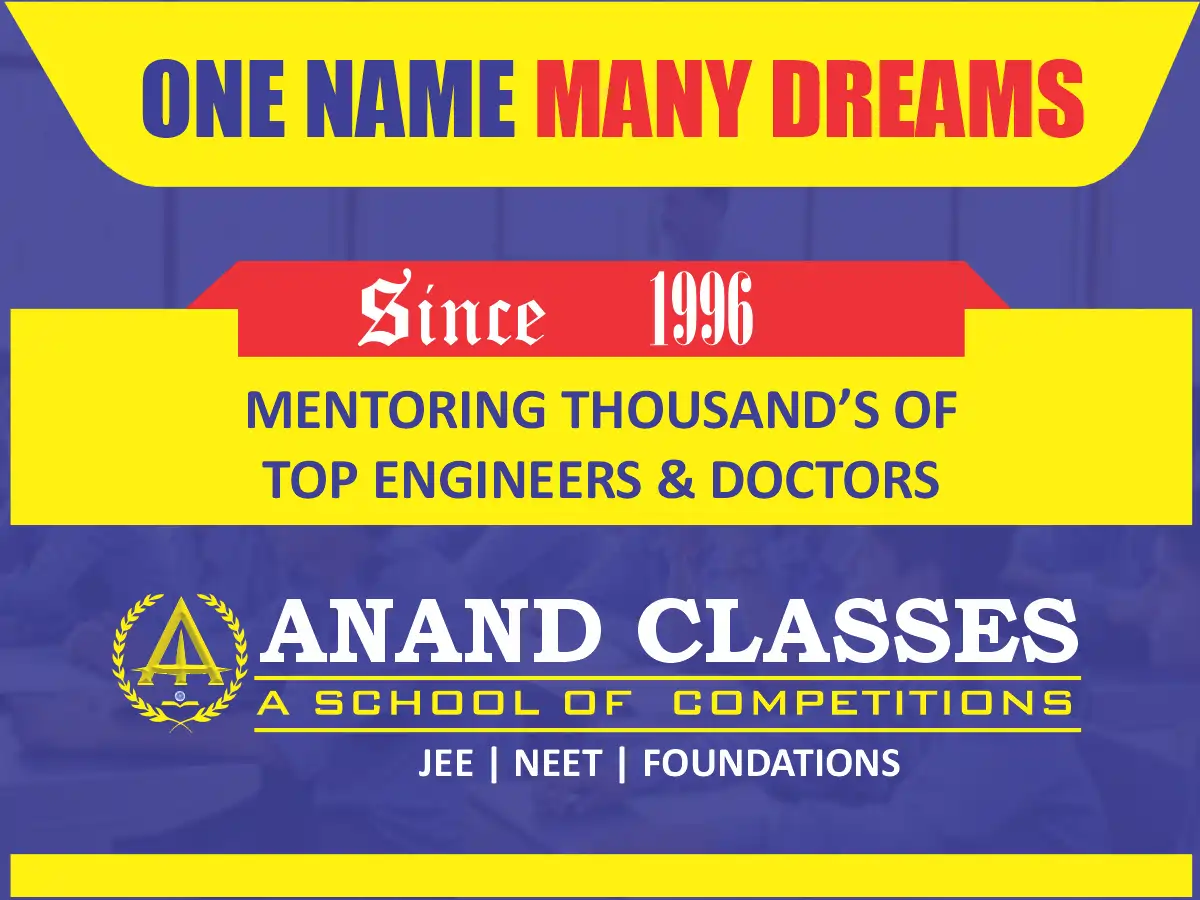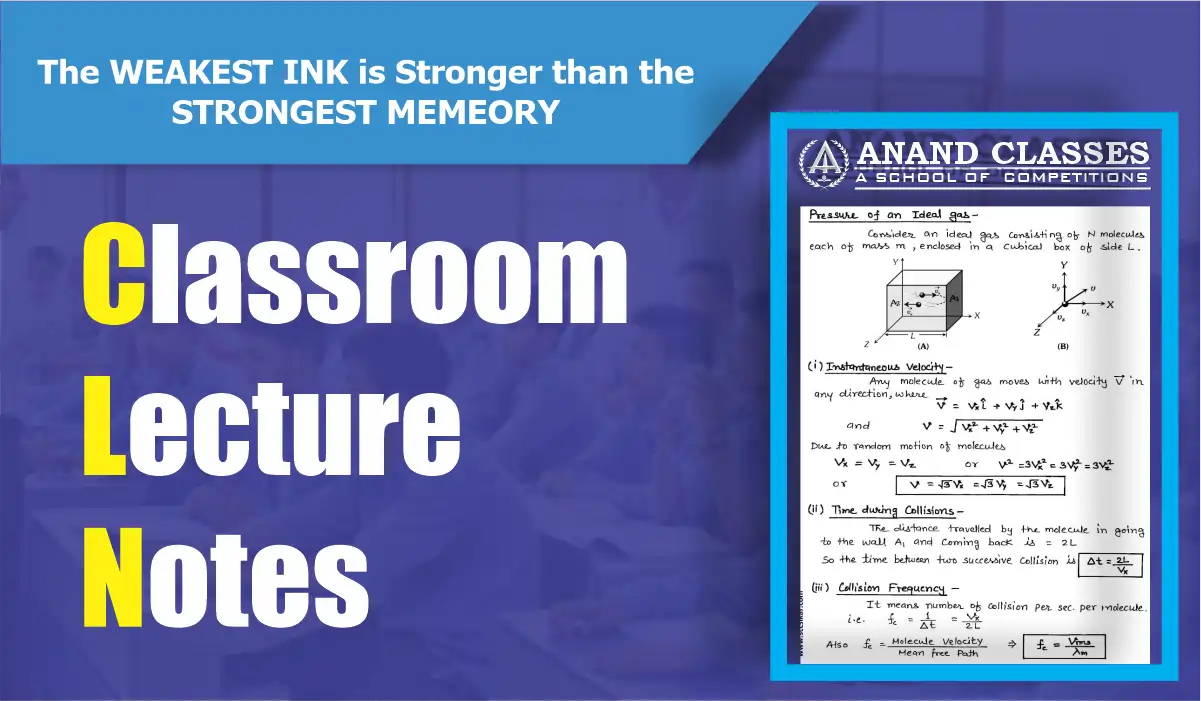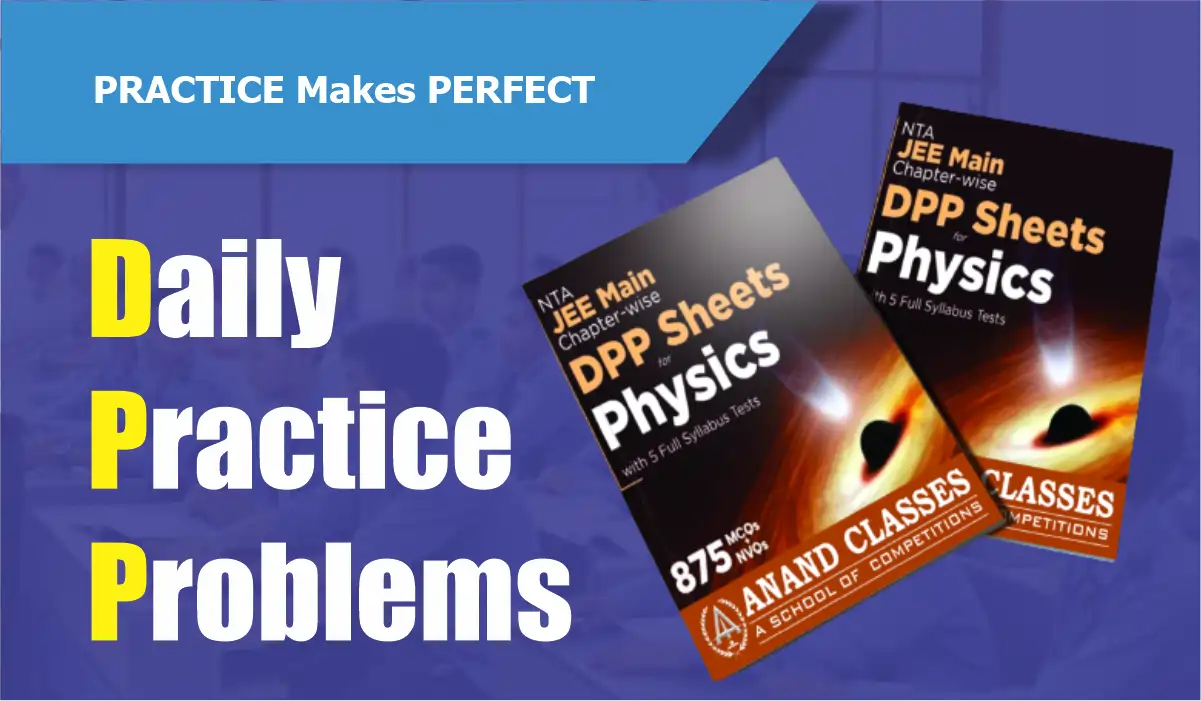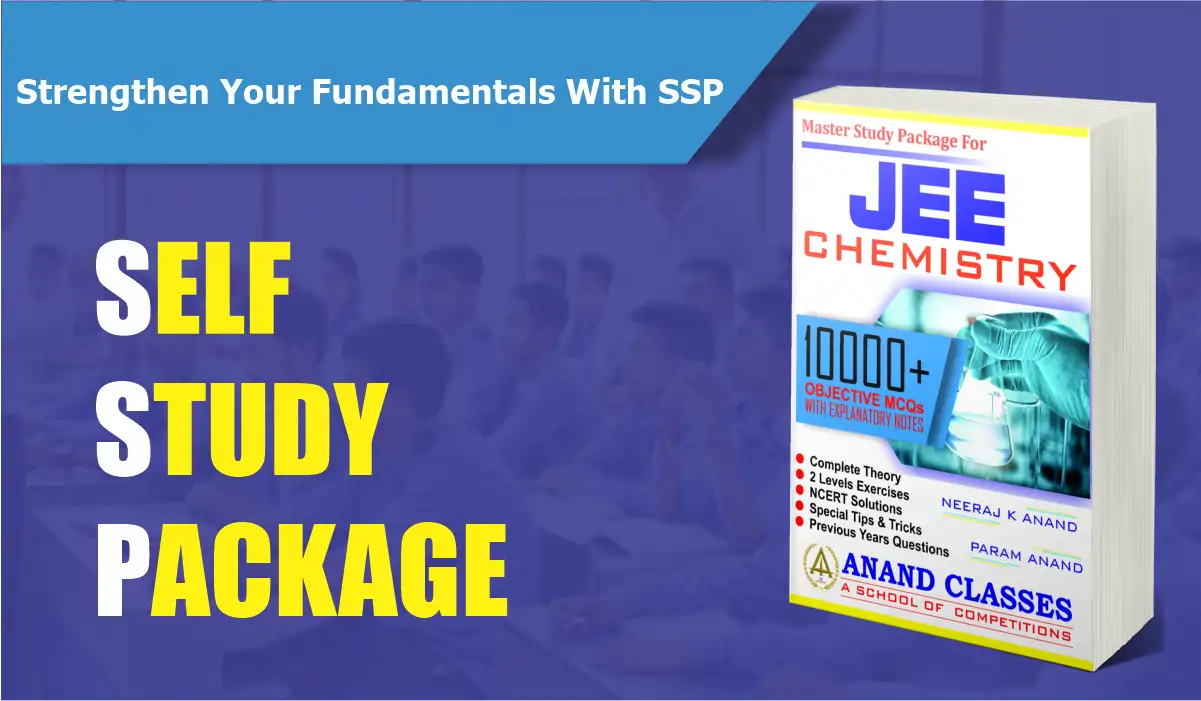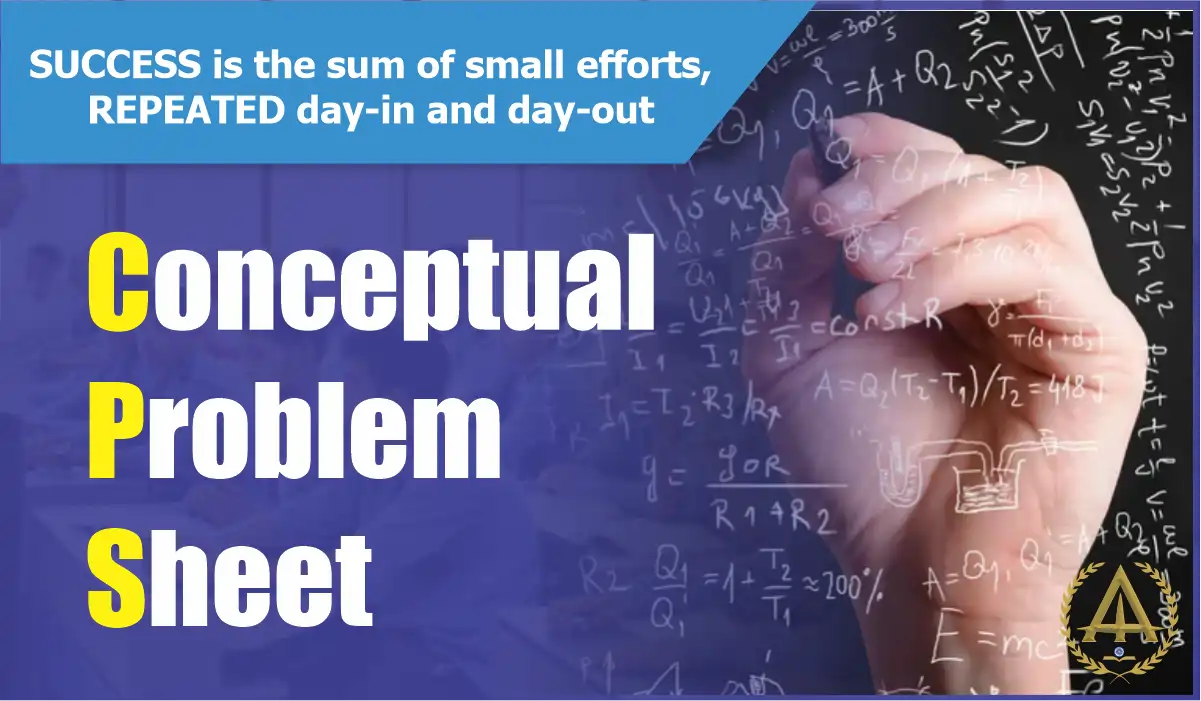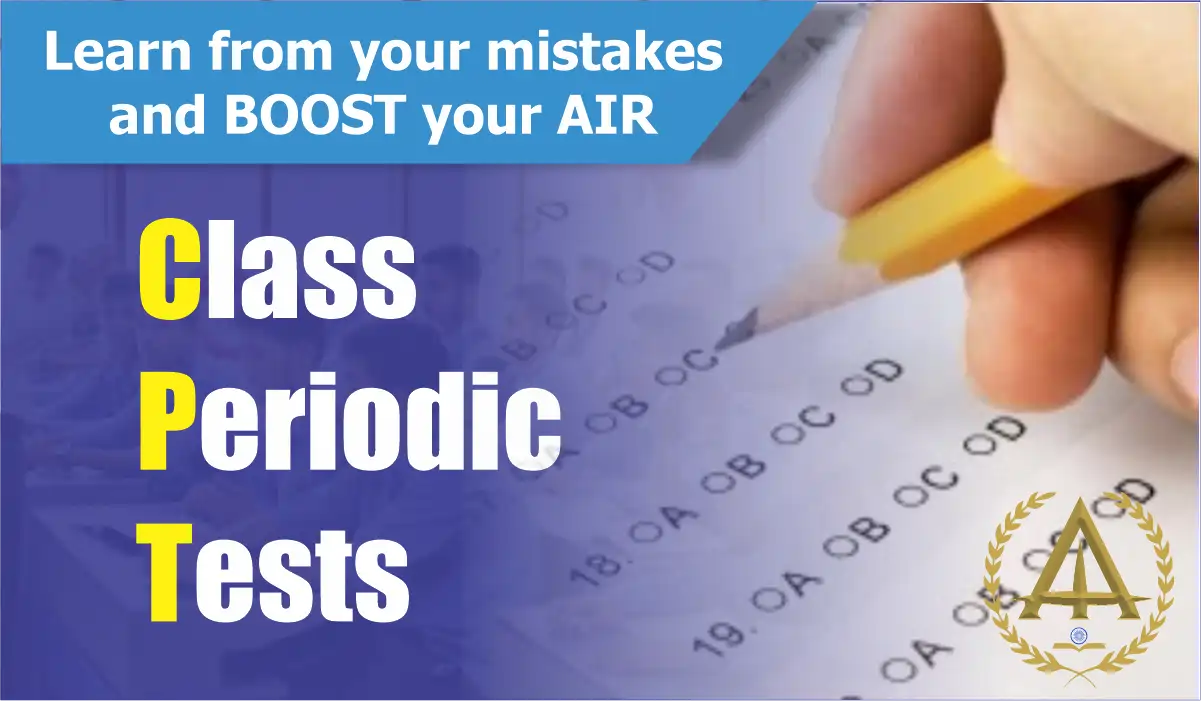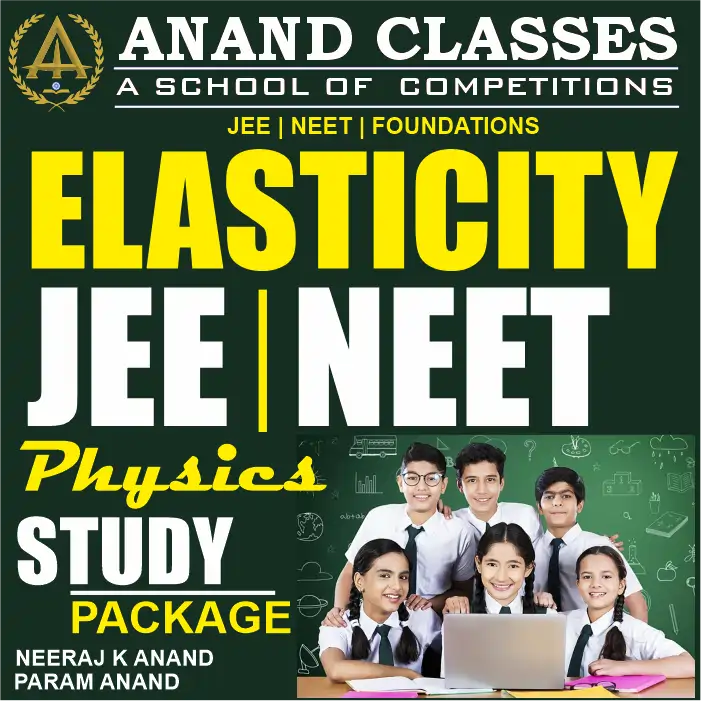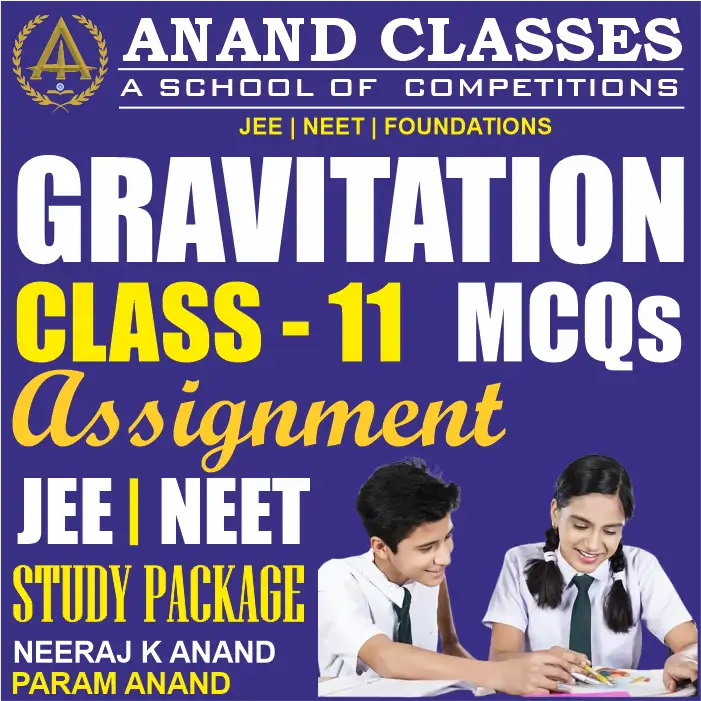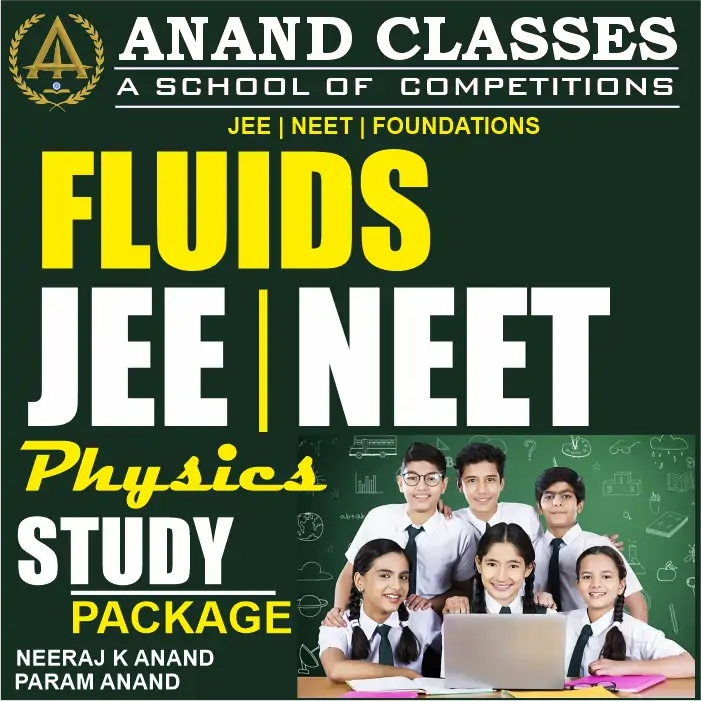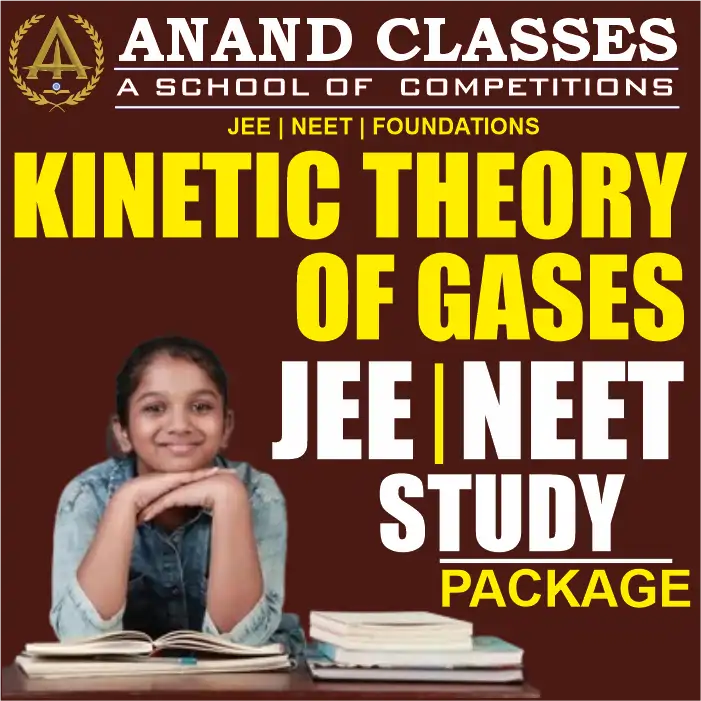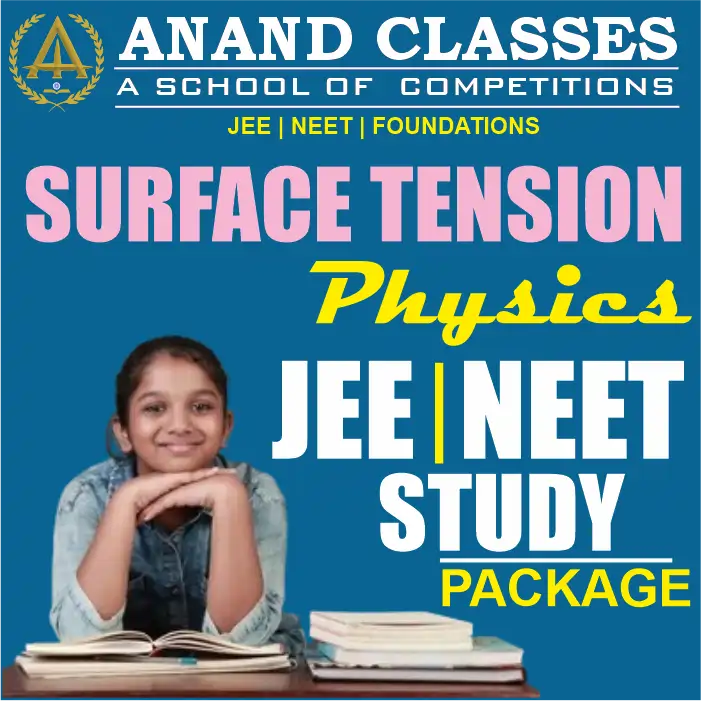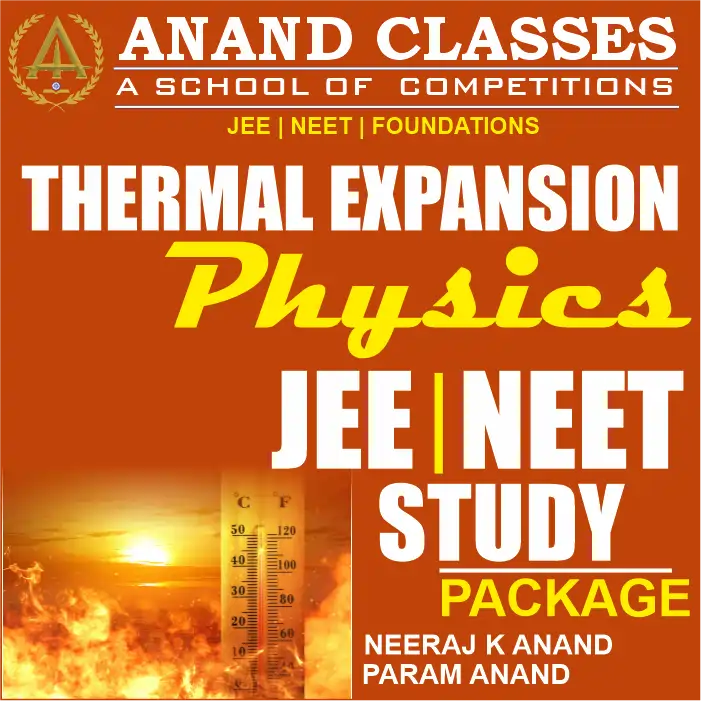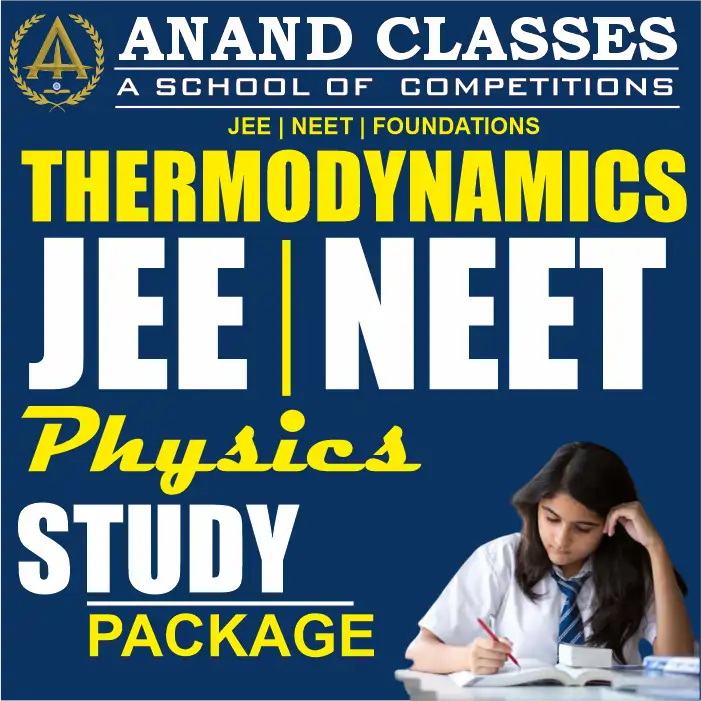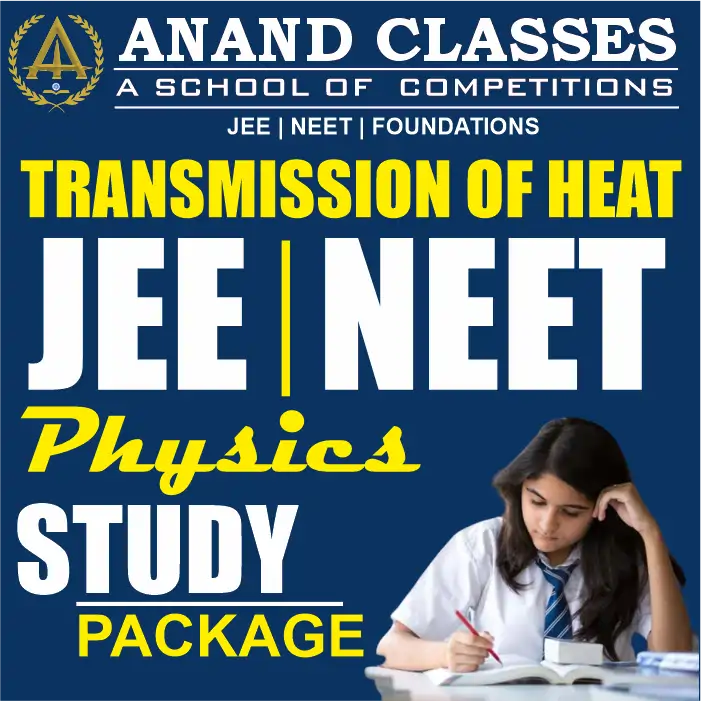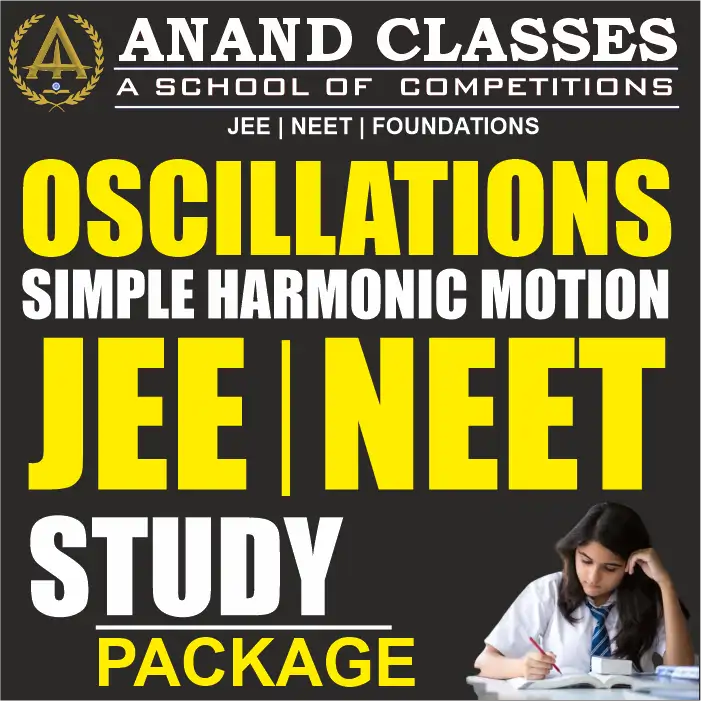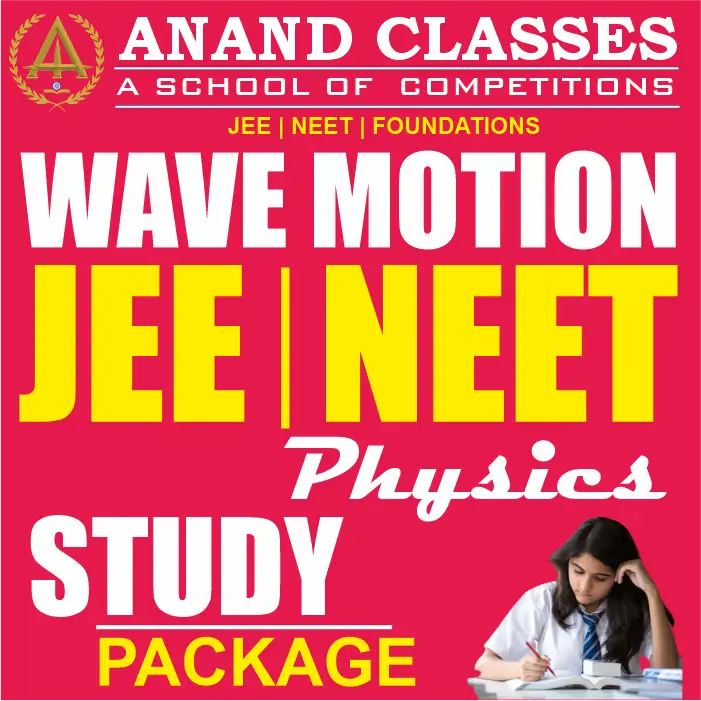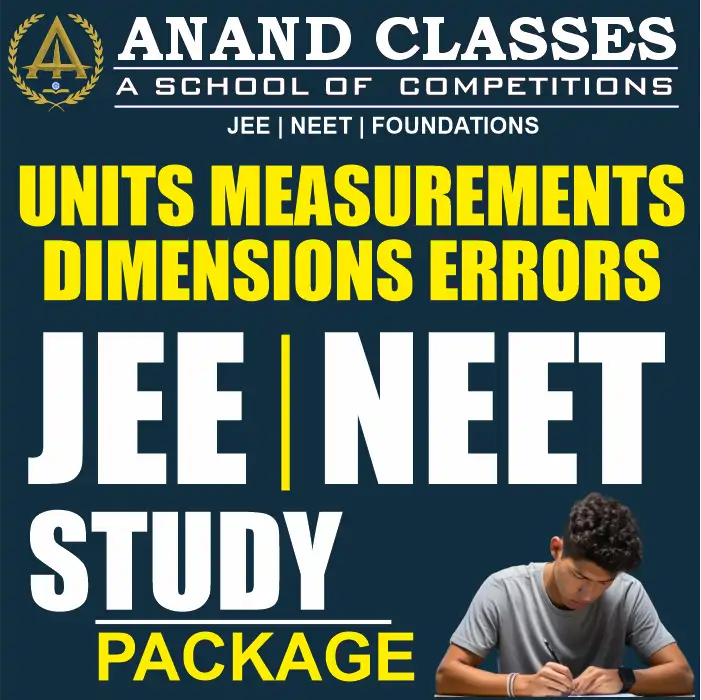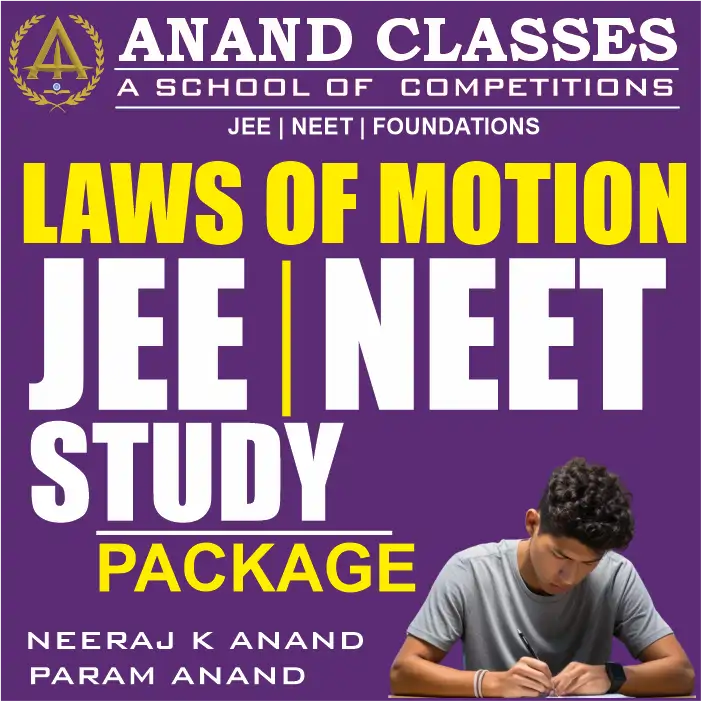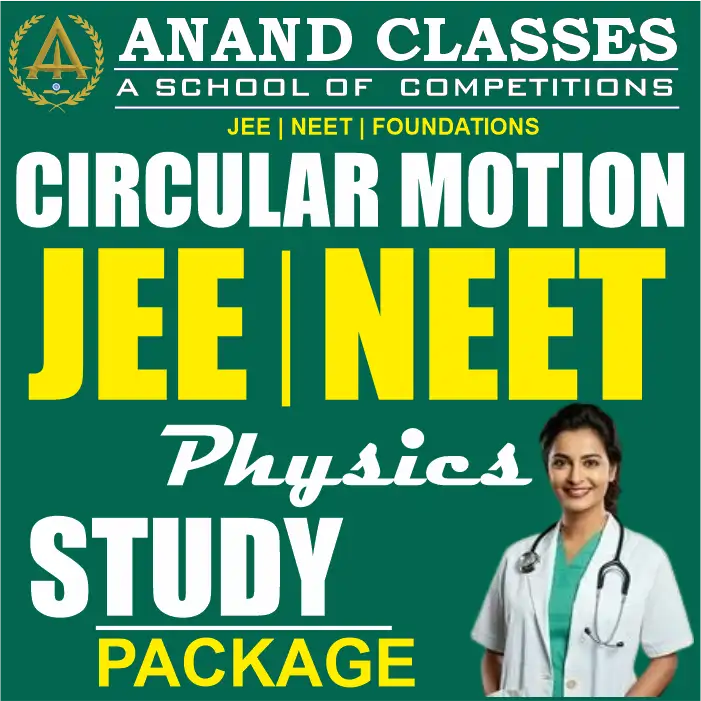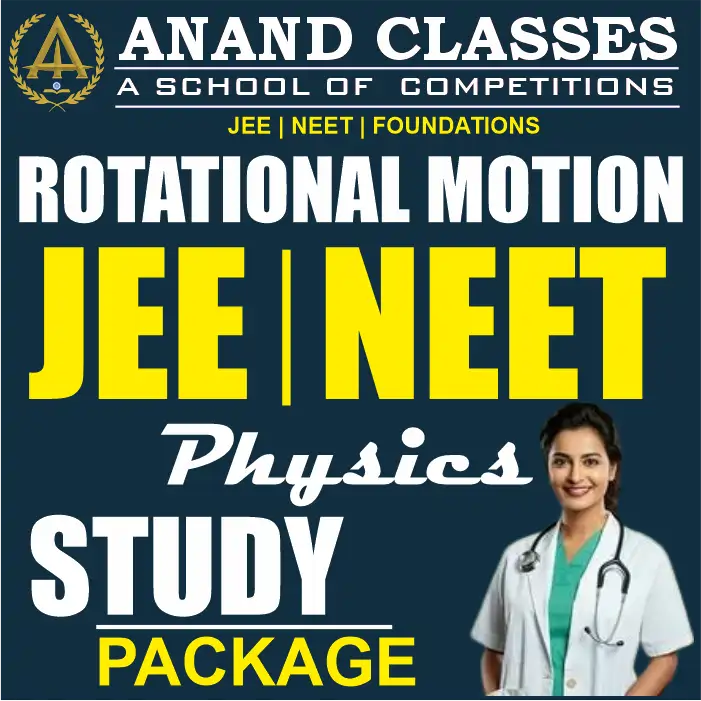Gravitation Notes Physics Class 11 CBSE Study Material Full Chapter Download pdf
Gravitational force is one of the basic forces of nature. It is a force that acts between two bodies and it is always attractive in nature. Gravitational force is the force with which the objects are attracted to the centre of the earth. The motion of the planets and the moon are also governed by this force.
Gravitational force is one of the basic forces of nature. It is a force that acts between two bodies and it is always attractive in nature. Gravitational force is the force with which the objects are attracted to the centre of the earth. The motion of the planets and the moon are also governed by this force.
Major Topic explained in the chapter are as follows :
- Universal Law of Gravitation
- Acceleration Due to Gravity
- Kepler’s Laws
- Gravitational Field
- Gravitational Potential
- Gravitational Potential Energy
- Satellites
- Escape Velocity
- Orbital Velocity
- Time Period of Satellite
- Energy of Orbiting Satellite
- Binding Energy
- Weightlessness
- Solved Examples
- Practice Problems
- Frequently Asked Questions
The Gravitation is one of the important chapters of the Class 11th Physics. Students can easily cover the chapter with the help of the Gravitation Class 11 notes. In the notes, all the concepts and topics are explained in a creative and precise manner.
CBSE Class 11 Physics Notes pdf for chapter Gravitation are provided here for class 11 students so that they can prepare and score high marks in their CBSE Class 11 Physics board exam.
CBSE Class 11 Physics Notes pdf for chapter Gravitation are created by subject experts of ANAND CLASSES based on the latest CBSE syllabus and exam pattern. It also lays the foundation of many concepts which are commonly asked in board exams and in many competitive exams such as JEE & NEET.
Universal Law of Gravitation
Newton made a systematic study of the forces acting on the different particles and formulated his result. This is called the universal law of gravitation.
According to the law
“ The force of attraction between any two particles in the universe is directly proportional to the product of the masses and inversely proportional to the square of the distance between them.”
If the two masses m1 and m2 are at a distance of d. The force of attraction between them is
F = G(m1m2/d2)
G is the universal gravitational constant = 6.673 x 10-11 Nm2/kg2
Acceleration Due to Gravity
The acceleration due to gravity is the rate of increase of velocity of a body falling freely towards the earth. Acceleration due to gravity does not depend on the shape, size and mass of the object. It is denoted by the letter g.
Relation between g and G
g = GM/R2
G = gravitational constant
M = mass of the earth
R = radius of the earth
The expression of acceleration due to gravity does not depend on the mass (m) of the object. If two bodies of two different masses are allowed to fall freely, they will fall with the same acceleration.
Variation of Acceleration due to Gravity (g)
The value of g will differ as we move from place to place on the surface of the earth, and as we move above and below the surface of the earth.
Variation of g with height (h)
g’ = g (1 – 2h/R)
g’ = acceleration at the height h above the ground
h = height above the surface of the earth
g = acceleration due to gravity on the earth’s surface
R = radius of the earth
As height h increases, g’ decreases
Variation of g with depth (d)
g’ = g (1 – d/R)
g’ = acceleration at the depth d below the surface of the earth
d = depth below the surface of the earth
g = acceleration due to gravity on the earth’s surface
R = radius of the earth
As depth d increases, g’ decreases
Variation of g with latitude
The earth rotates about its own axis with an angular velocity ω. The acceleration at a place with the latitude θ is
g’ = g – Rω2cos θ
The value of g increases as we move from the equator to the pole.
Kepler’s Laws
Kepler’s first law (law of elliptical orbit): All the planets will revolve around the sun in an elliptical orbit with the sun at one focus.
Kepler’s second law (law of areal velocities): The line drawn from the sun to any planet will cover an equal area of space in equal intervals of time.
Kepler’s third law (law of time period): The square of the period of revolution of any planet about the sun is directly proportional to the cube of the mean distance from the sun.
Gravitational Field
The gravitational field is the space around the mass or an assembly of masses over which it can exert a gravitational force on other masses.
Gravitational Field Strength or Gravitational Field Intensity
The gravitational field strength at any point in a gravitational field is given by the force experienced by the unit mass placed at that point. It is directed towards the particle producing the field.
Gravitational Potential
At a point in a gravitational field, potential V is defined as the negative of the work done per unit mass in shifting a rest mass from some reference point to the given point.
V = – W/m
Gravitational potential due to a point mass
Suppose a point mass M is situated at a point O. The gravitational potential at a point P at a distance of ‘r’ from O is
V = – GM/r
Gravitational Potential of a Uniform Solid Sphere
Case 1: If the point ‘P’ lies inside the sphere (r < R)
V = -GM [(3R2 – r2)/2R2]
Case 2: If the point ‘P’ lies on the surface of the sphere (r = R)
V = -GM/R
Case 3: If the point ‘P’ lies outside the sphere (r >R)
V = -GM/R
Case 4: Gravitational potential at the centre of the solid sphere is
V = (-3/2) × (GM/R)
Gravitational Potential Energy
Assuming the potential energy at infinity to be zero
U = – GMm/r
The above equation gives the potential energy of a particle of mass m separated from the centre of the earth by a distance of r.
Gravitational potential of a two-particle system
The gravitational potential energy of two particles m1 and m2 separated by a distance of r is
U = – Gm1m2/r
Satellites
A satellite may be defined as a body that moves continuously around a comparatively large body. The satellite may be natural or artificial.
Natural Satellite:
The celestial body which revolves around the planet is called a natural satellite. For example, the moon is a natural satellite of the earth.
Artificial Satellite:
The human-made bodies that are placed in specific orbits and are made to revolve around the earth are called artificial satellites
Geostationary Satellite
A geostationary satellite will revolve around the earth with the same angular velocity and in the same direction as that of the earth around its axis.
Escape Velocity
The minimum velocity of projection of a body for which it will escape the gravitational attraction of earth is known as escape velocity.
Time Period of Satellite
The time period of the satellite is the time taken by the satellite to complete one revolution around the earth.
Time period = circumference of circular orbit/orbital velocity
Total Energy of a Satellite
The total energy of the satellite is the sum of all energies possessed by the satellite in the orbit around the earth. As only the mechanical motion of the satellite is considered, it has only kinetic and potential energies.
Total energy of the satellite = kinetic energy of the satellite + potential energy of the satellite
Binding Energy
The energy required to remove the satellite from its orbit to infinity is called the binding energy of the system.
Binding Energy of the satellite = -E
= GMm/2r
Weightlessness
The weight of the body is due to the reactionary force applied to the body. If, for a certain condition, the reactionary force applied becomes zero, we will then feel as though our weight is zero. This is called weightlessness. If the rope of a descending lift is broken then the people inside will feel weightless. This state will also be felt by the people in an artificial satellite.
If an artificial satellite of mass m is revolving around the earth in a circular orbit of radius R0. The necessary centripetal force is provided by the gravitational force between the satellite and the earth.
Let m’ be the mass of the person inside the satellite
He will experience two forces:
The gravitational force = GMm’/R02
The reaction force F’ exerted by the earth on him
The net force (GMm’/R02 – F’) is balanced by the centripetal force m’v2/R0
(GMm’/R02 – F’) = m’v2/R0
(GM/R02 – F’/m’) = v2/R0———–(2)
From equation (1) and (2) we have
(GM/R02 – F’/m’) = GM/R02
or F’ = 0
Thus, the reaction force exerted by the article satellite on the person inside the satellite is zero.
Important Points To Remember
- The law of gravitation is applicable to all bodies, irrespective of their size, shape and position.
- The gravitational force between the sun and the planets provides the necessary centripetal force for orbital motion.
- The gravitational force is always attractive.
- The acceleration due to gravity decreases as the height or the depth increases from the surface of the earth.
- Kepler discovered the three laws of planetary motion.
- Kepler’s laws are applicable not only to planets but also to other satellites in orbit around any body.
- Escape velocity is the minimum velocity with which an object must be projected to escape the gravitational attraction of the earth.
JEE NEET Physics Chemistry Math Science Jalandhar Coaching Tuition Center Classes near me in Jalandhar
ANAND CLASSES offers IIT-JEE (Main & Advanced) & NEET Exams Coaching Center in Urban Estate Phase-II Jalandhar. ANAND CLASSES is the prevalent establishment in the Jalandhar for IIT-JEE (Main & Advanced) & NEET Exams. It is surely famous for its selective class management classes and productive Best IIT-JEE (Main & Advanced) & NEET Exams Coaching institute in Jalandhar.
Best Coaching Center for NEET near me in Jalandhar
The faculty at ANAND CLASSES is highly qualified and vastly experienced in successfully coaching students for IIT-JEE (Main & Advanced) & NEET Exams.
Best NEET Coaching Institute In Jalandhar
NEET Coaching near me
ANAND CLASSES pioneered itself as the best coaching institute for the preparation of IIT JEE (Main + Advanced). We provide systematic coaching and competitive environment to the JEE (Main + Advanced) aspirants with an outstanding preparation capability and infrastructure facilities, which has made it to the first choice of the students. We have a team of highly qualified and competent faculties dedicated towards the students’ performance and provide quality education to the students.
